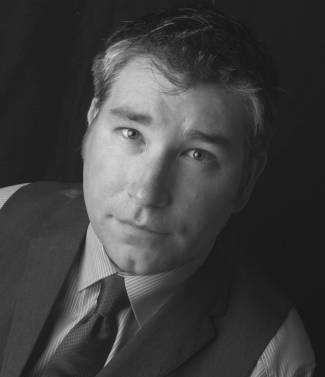
4 scenarios where pension freedoms could cause your clients a real problem, and what you can do about them.
by Jill Chadburn on 01·03·2023
Pension freedoms, introduced in 2015, offered most people major changes to pension death benefit options and taxation.
Death BEFORE the 75th birthday meant the benefits can be passed to beneficiaries tax-free, via drawdown payments, a lump sum or buying an annuity.
Death AFTER the 75th birthday meant the beneficiaries need to pay income tax at their highest marginal rate on any pensions left to them.
A great opportunity, however, is that the pension can now remain in the pension wrapper after death, can be paid to anyone not just a spouse/dependent and it will not form part of the beneficiaries’ estate. The nominated beneficiaries can also leave any residual pension to their nominated beneficiaries (successors) and if they die before age 75 it will be tax-free (death after 75 means the pot will be taxable).
With all these added flexibilities and tax benefits, you could be forgiven for thinking why would you want to consider anything else for your clients’ pension pot. There are, however, several scenarios when the new flexibilities could be a hindrance rather than a benefit.
- It's important to note that on the death of the dependant/nominee, the funds usually pass to the successor nominated by the dependant/nominee, and not the original member/ pension holder's line of succession. With an increase in blended families, this can become an issue. For example upon your death, your spouse remarries, and they nominate their new spouse to receive the death benefits of the pension, then the new spouse could end up nominating their children rather than the children of the original member.
- If your spouse is likely to end up in long-term care, then a dependent’s pension drawdown will be considered by the local authority when assessing care fees.
- You may want to provide for people without giving them immediate access to a large sum of money upon your death, as you may view your chosen beneficiaries as potentially irresponsible with money.
- If you want your adult child to benefit from your pension, but do not want their spouse to benefit from it, especially if they divorce in the future, then nominating your adult child as a beneficiary under an expression of wish will not be sufficient, as any lump sum or drawdown could be considered matrimonial property.
In some circumstances, therefore, an option to consider is a spousal bypass trust.
What is a spousal bypass Trust?
An individual can place their pension lump sum death benefits into a discretionary trust, allowing the spouse or any other chosen beneficiary to benefit without these benefits forming part of the beneficiaries estate on death.
Once in trust, the trustees can make income and/or capital payments to the spouse or other beneficiaries, as well as making loans available to the spouse.
Any loans would be repayable out of the spouse’s estate on death, thus reducing the value of their estate for inheritance tax (IHT) purposes (i.e. treated as a debt on their estate).
How is a spousal bypass trust taxed?
Any lump sum paid into the trust on death prior to age 75 would be paid into the discretionary trust free of income tax.
Any lump sum paid on death on or after age 75 would incur a 45% special lump-sum death benefit (SLSDB) charge, if paid into a discretionary trust, which applies to payments other than individuals, for example a trustee. However, payment by the trustees to the beneficiary comes with a reclaimable tax credit. So from an income tax point of view, it works out the same as receiving it via a trust as it would be receiving it directly.
Periodic and exit charges may apply. A periodic Inheritance Tax charge may arise on each 10-year anniversary of the creation of the trust. The calculation of the periodic charge is complex, but the effective rate of Inheritance Tax will never be more than 6%, based on current tax rates. The exit charge arises when capital leaves the trust and is advanced to a beneficiary. Again, based on the rates referred to, it can never be more than 6%.
Disadvantages
The main downside to the bypass trust is that the funds will be removed from a pension structure and from a tax efficiency perspective having the funds remain within a pension wrapper is normally the best choice.
It is important to note that although the member appoints and instructs the trustees of the SBT, the distribution will be at the trustees’ discretion and as such they may choose not to follow the member’s instructions. Careful selection of trustees is paramount.
Individuals considering a bypass trust will need to balance the advantage of extra control and flexibility, against the potential tax charge which applies to the lump sum paid to the bypass trust if the individual dies after age 75, and the cost of the ongoing trust tax.
Conclusion
For most clients, death benefit freedoms give enough flexibility. For those with more complex situations, however, a trust may give extra peace of mind.

